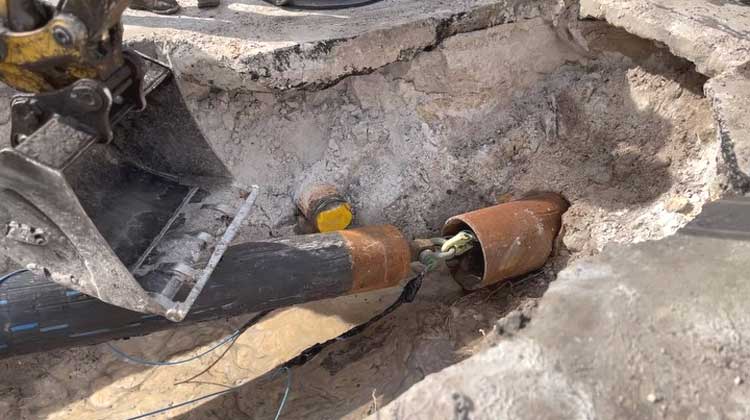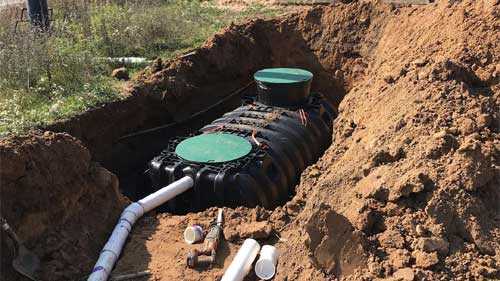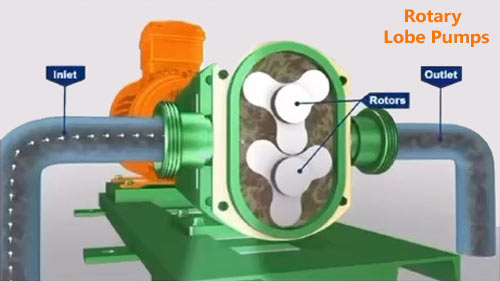
Pipelines are a network of underground pipes connected or linked together, generally used for conveying water, oil, gas, etc., over a large distance. Plumbing pipes underground on a property is a difficult task. These pipelines play a significant role in carrying out various household and industrial activities.
Due to negligence, improper plumbing of pipes, and various environmental factors, as time passes by, the pipes go through a lot of wear and tear, and it also gets old. These factors cause a high risk of leakage and cause trenchless pipe bursting.
5 Reasons for Underground Pipeline Bursting
1. Freezing
Mild or temperate climates is a major and most common problem of bursting pipeline as the temperature in such climate regions goes beyond a freezing point, which leads to ice formation in a particular area of the pipe. Due to this ice formation, the water moves through pipes slower. Water moving at a slower pace or blockage in the pipeline builds pressure. Once the pressure gets high, the pipe bursts.
2. Tree Roots
Trees planted near pipelines can cause the trenchless pipe bursting. As the tree grows, its roots also extend further. Pipelines are strong, and they become an obstruction for the roots to grow. The roots growing around the pipe exert pressure on the pipes, which leads to cracks, breakage, and in most cases bursting of pipelines.
3. Rust and Old Pipes
Due to improper maintenance and over-exposure, corrosion occurs. With time passing, rust forms on different areas of pipes, especially steel and old ones. This rust eats away at pipes, creating small cracks, holes, and leakage.
4. Hard Water
Water in nature is in many forms. Hard water and soft water. Hard water contains many minerals from nature, like magnesium and calcium. This hard water is unsafe to drink and can cause plumbing problems. Minerals in hard water move water slowly, which creates pressure in pipelines, and as a result, the weakening of pipes and leakage occurs.
5. Poor Installation
Rarely simple human error and miscalculations led to the bursting of pipelines. Poor installation of pipes, out of negligence, or by unskilled persons leads to accidents.
How to Fix the Underground Pipeline Bursting?
Prevention of underground pipeline bursting can be avoided to a great extent. With the help of insulating the pipes and keeping a proper check on water pressure and temperature, ice formation can be obstructed. Planting trees far away from the pipelines as far as possible. If a root clogs a pipeline, a plumber can inspect the lines and clear the blockage or clogging.
When rust is formed, pale yellow or brownish water comes from the end. Proper checking of the condition of pipes and replacing the rusted or old pipes with new ones can help avoid rust formation. A water treatment system should remove toxic minerals like calcium and magnesium from hard water. Proper maintenance and installation of pipelines should take place.
Conclusion
Nothing is difficult if skilled professionals manage the system disciplined, efficiently, and managed. If any accident occurs, the water supply should be shut down, and all the electric appliances near the leak should be turned off.




